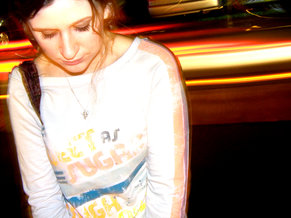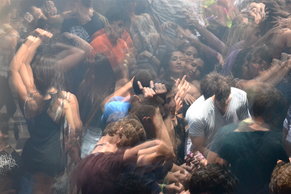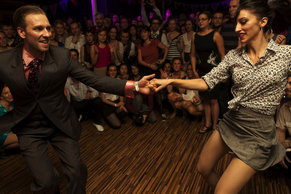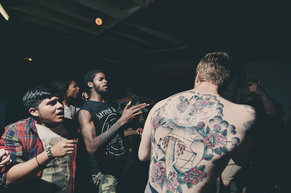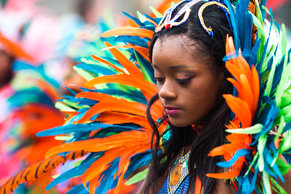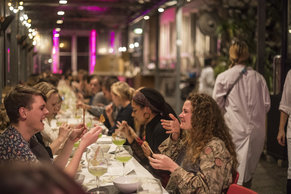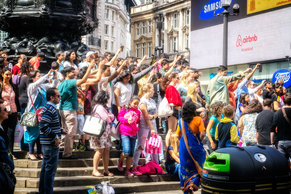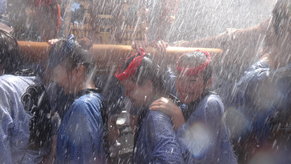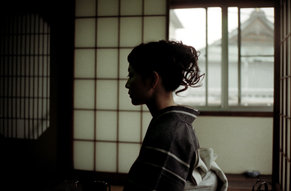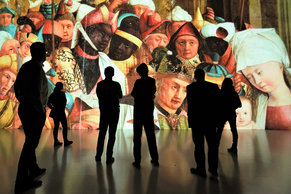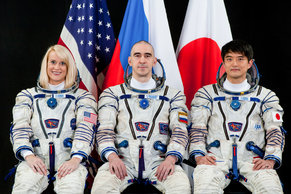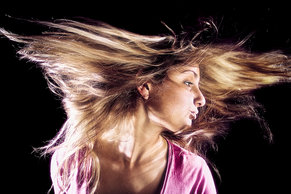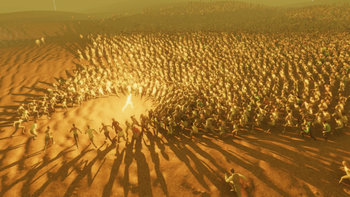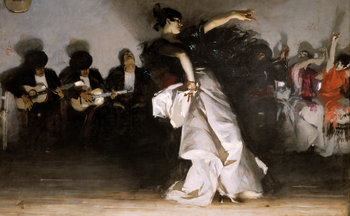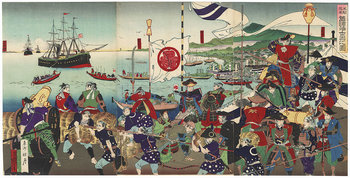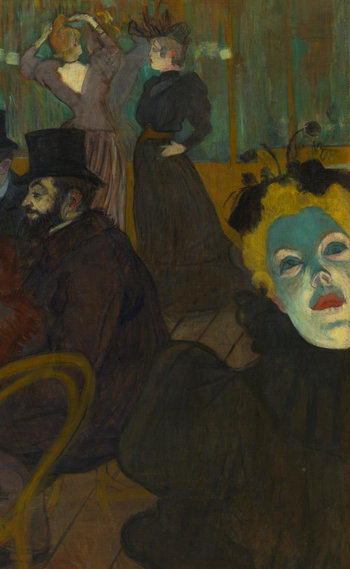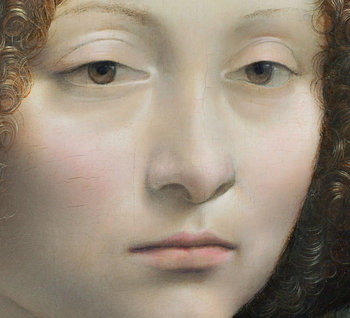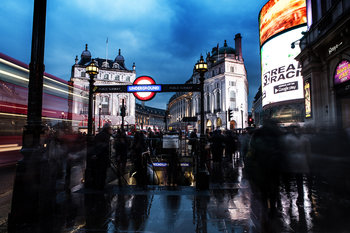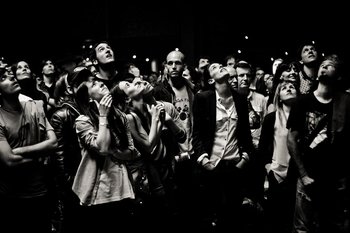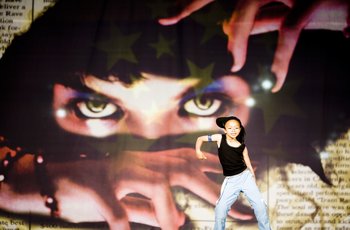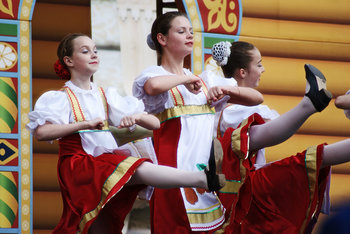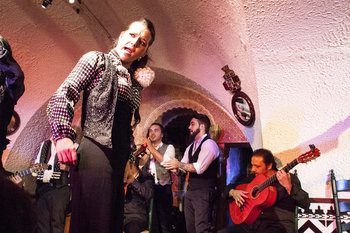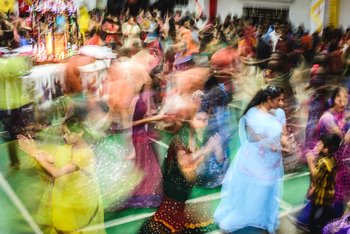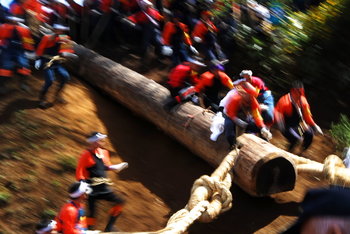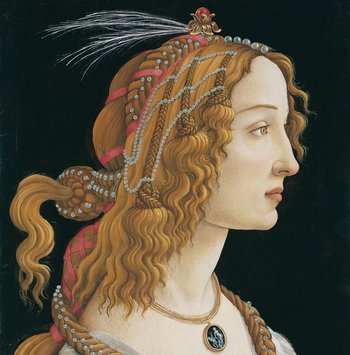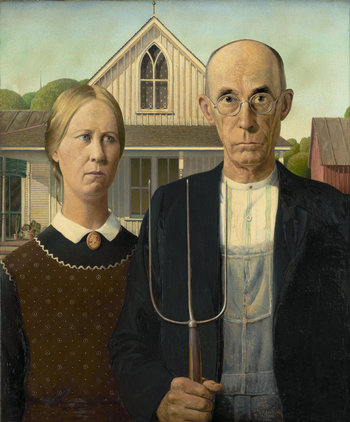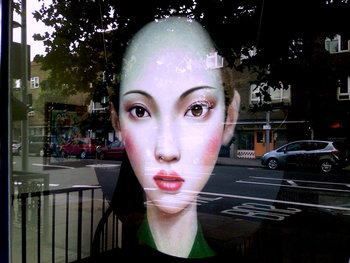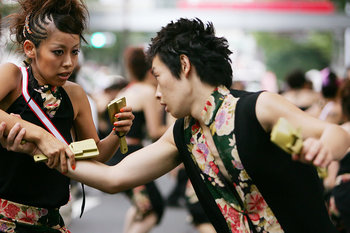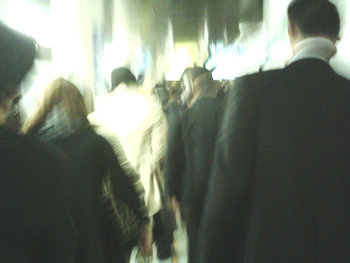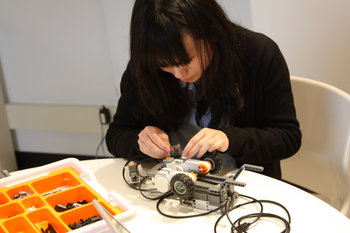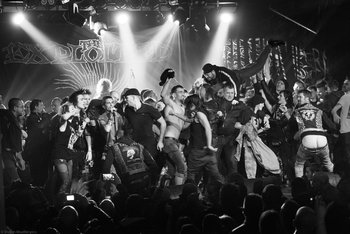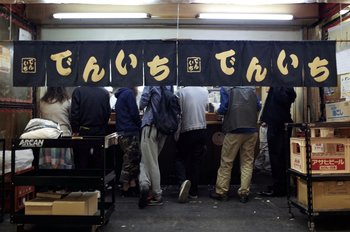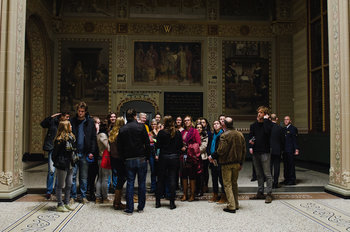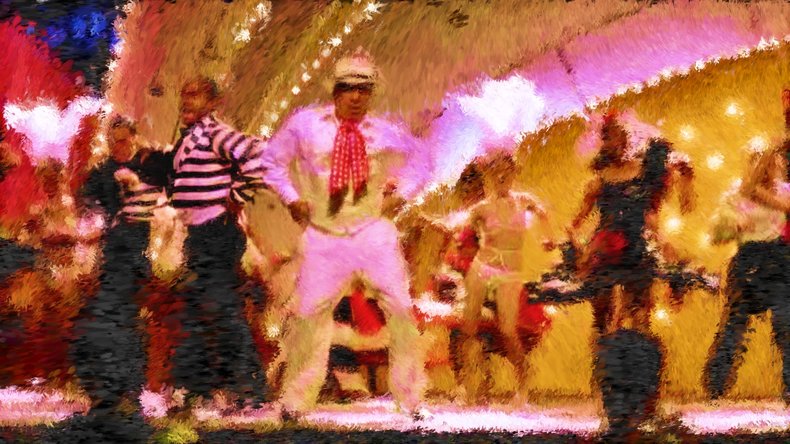
Dance Improvisation
Dance almost always involves spontaneous movement that is inspired by music and the moment. It is debatable whether movement that is fully scripted is true dance.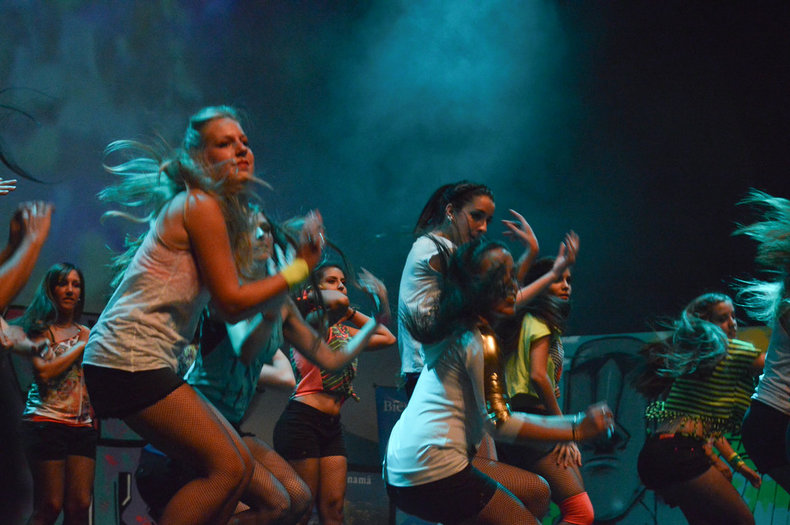
Choreography
Choreography is the design of dance. This may include elements of unity, theme, variation and repetition. A choreography often leaves room for some level of improvisation.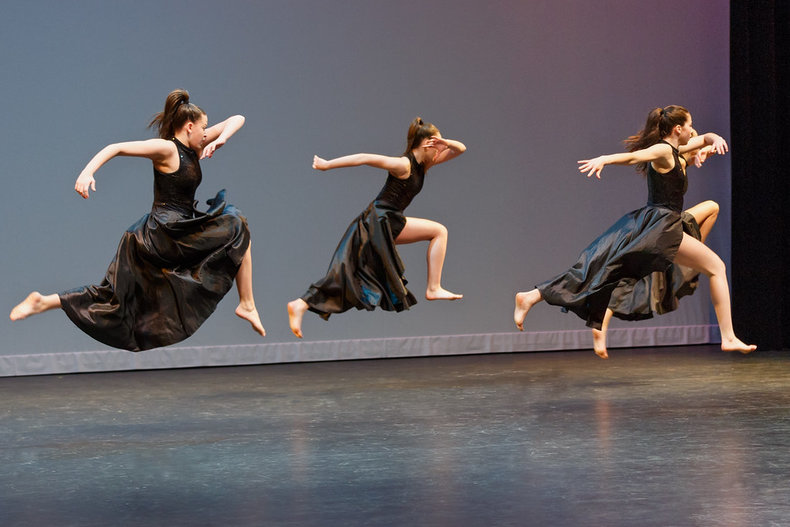
Traditional Dance
A traditional dance, or folk dance, is any dance associated with a nation, culture or people that has been practiced for generations. This provides a connection to the past and a shared experience for multiple generations of a community. Traditional dances include social, celebratory, symbolic, ritual, sacred, hunting and war dances. In many cases, dance is an important element of the culture and heritage of a group. It isn't uncommon for a nation or culture to have dozens of traditional forms of dance.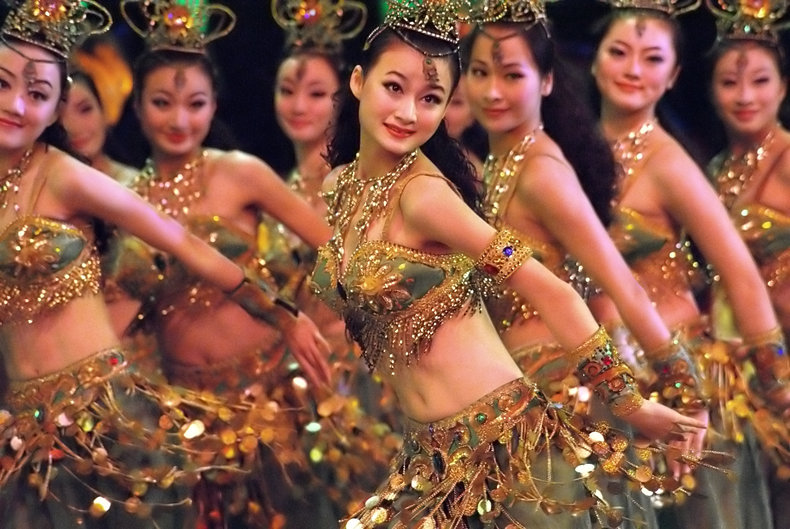
Street Dance
A street dance is any dance that evolves organically at dance parties, block parties, schoolyards, concerts and nightclubs. In many cases, street dances are literally perfected and spread on the streets as youth make use of any public space that is available.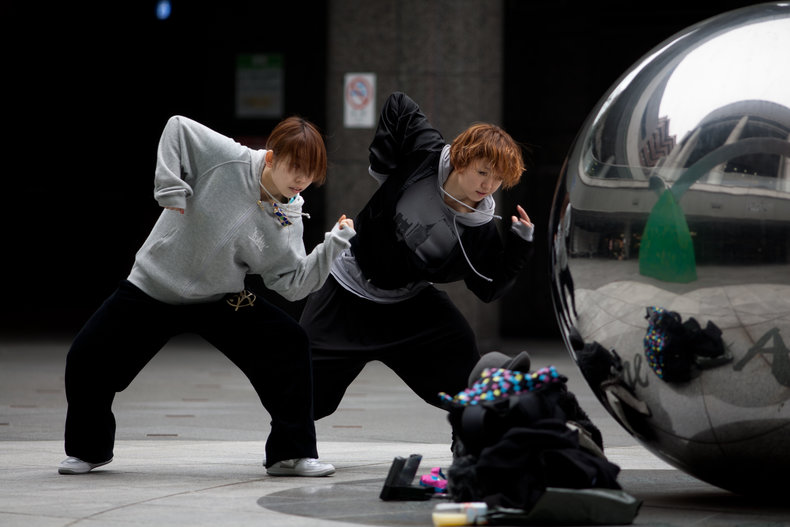
Hip-Hop
An influential and popular tradition of street dance that emerged alongside hip-hop music and culture. This has American roots with early influences from entertainers such as James Brown and the television show Soul Train. Hip hop can be choreographed but has strong improvisational traditions centered around styles such as breaking, locking and popping.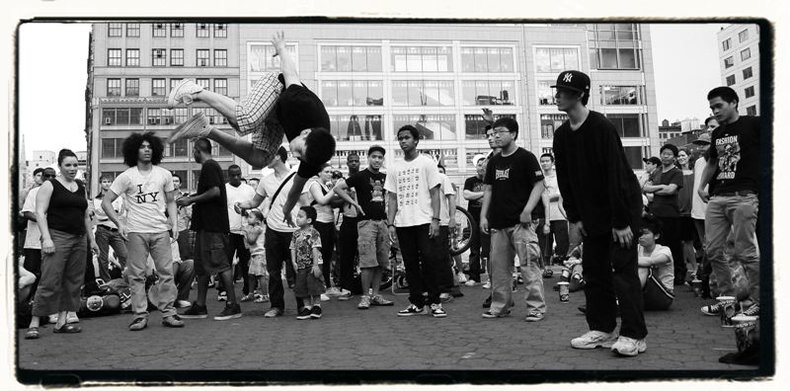
Electronic
The street dances that have emerged out of electronic dance music scenes such as disco, synth-pop, house, techno, electro, dance-pop and dubstep. These are developed and refined at nightclubs, raves and festivals. Electronic dance is considered an element of pop culture and is therefore shunned by high culture that may embrace hip hop and other street dances that are considered less commercial and more edgy.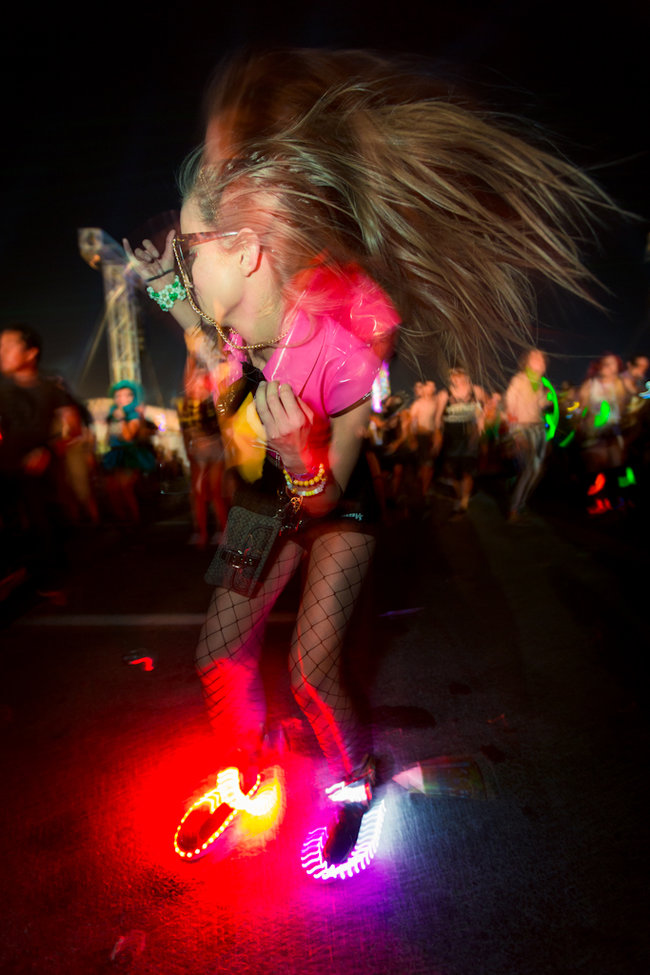
Rock
Rock and roll, or rock, was the dominant form of popular music from the 1950s to 1980s that produced dance fads such as the twist. A great deal of rock music isn't particularly danceable due to its focus on guitars and lyrics over rhythm. For this reason, rock faced a serious challenge to its dominance in the 1970s from disco because the later was a return to music designed for dance. Rock only survived into the 1980s as the dominant form of popular music because it became far more danceable thanks to the adoption of keyboards and other electronic instruments.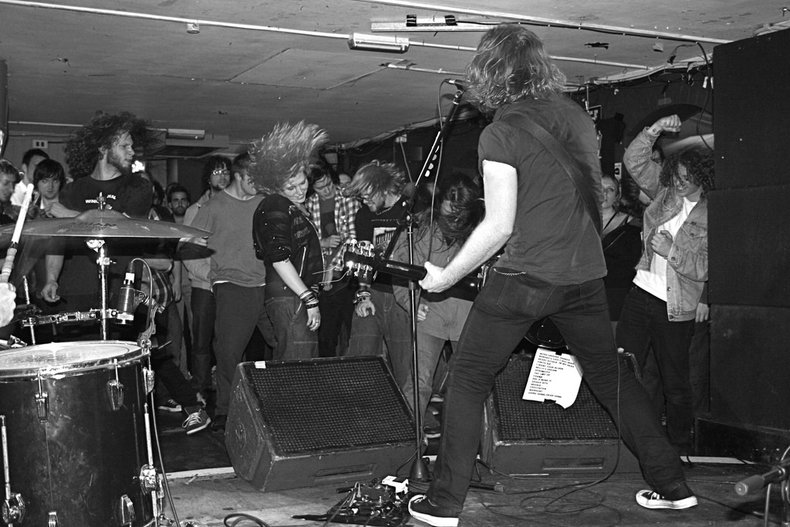
Moshing
A street dance that first emerged at punk and metal concerts around 1977 that involves a group pushing or slamming into each other. Moshing is obviously a risk taking activity and involves incredible levels of trust that can build a sense of comradery amongst a crowd. Moshing has many unwritten rules such as not hitting people with your elbows. This is enforced within the group such that if you misbehave you might expect the attention of a large enforcer. People may help each other in a moshpit such as picking up those who have fallen before they are trampled.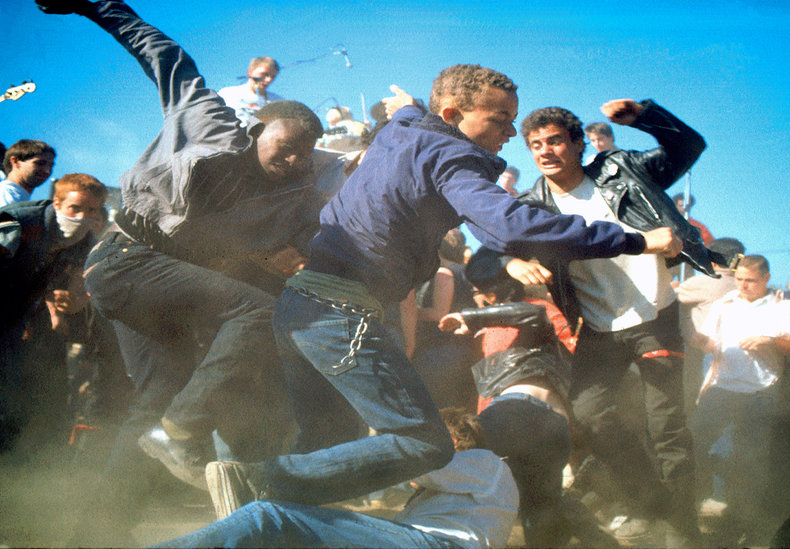
Breakdancing
An influential street dance based on four types of movement: toprock, downrock, power moves and freezes. Toprock is foot movement, downrock is floorwork, power moves are acrobatic and a freeze is posing, often in an interesting position. Breakdancing emerged in American cities, particularly New York, in the 1970s and exploded into popularity in the early 1980s on a global basis. Breakdancing is unusually risk taking and athletic.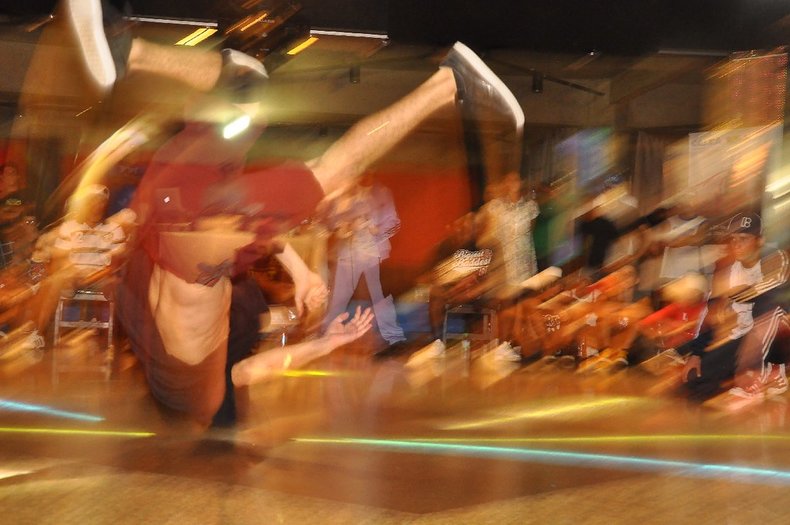
Voguing
A style of dance that involves striking poses that emerged in the Harlem ballroom scene as early as the 1960s. This can involve incredibly fast movements in a stationary position with short poses.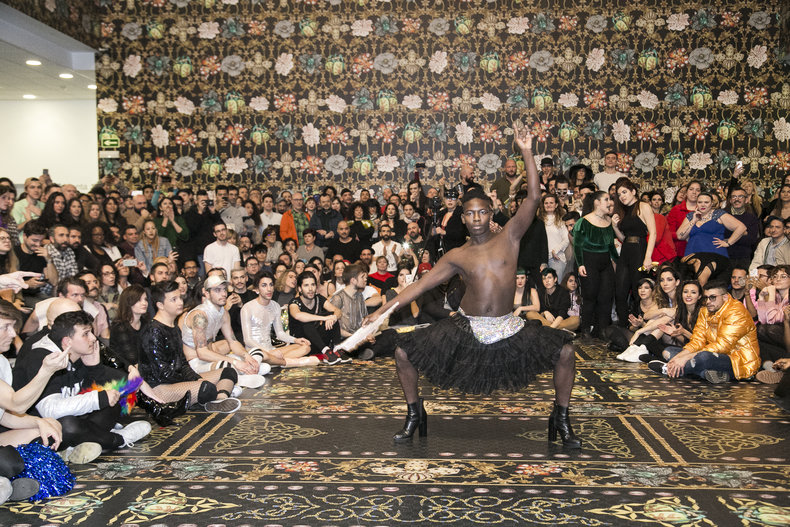
Group Dance
Any dance that is performed as a group. These are often folk dances or popular dance fads. It is also very common for modern dance performances to be group dances. For example, yosakoi is a Japanese competitive group dance that is loosely based on tradition but is constantly innovated and is typically performed to modern music. Each year millions of performers young and old take part in yosakoi festivals and competitions throughout Japan.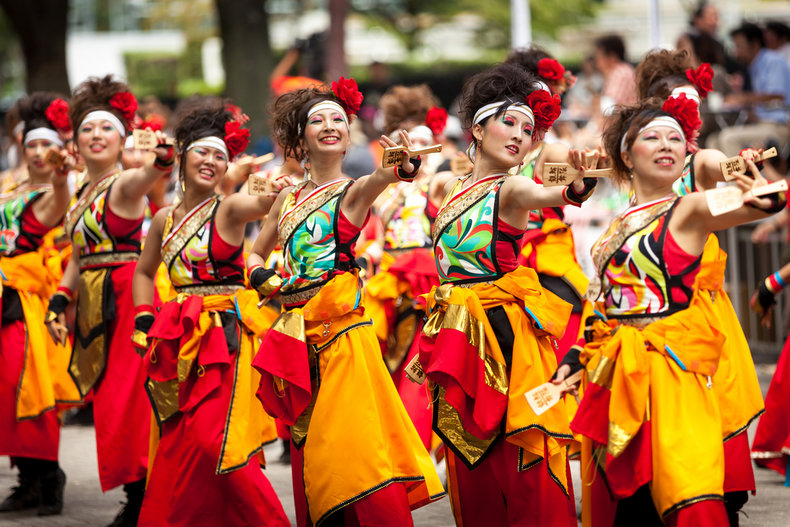
Participation Dance
A group dance that is easy to learn such that people can participate on the fly by imitating other members of the group. This often involves self-organization into a line, square or circle. Some participation dances are based on partners that are regularly switched.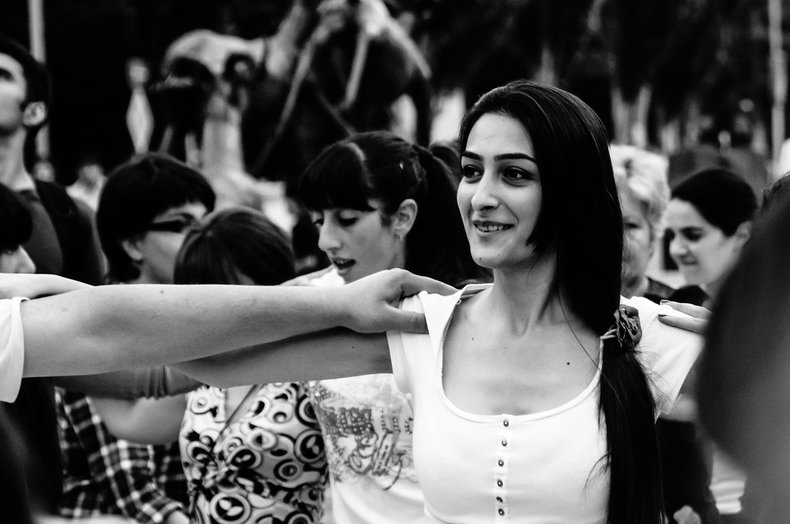
Concert Dance
An dance traditional, modern or contemporary that is performance based as opposed to participatory.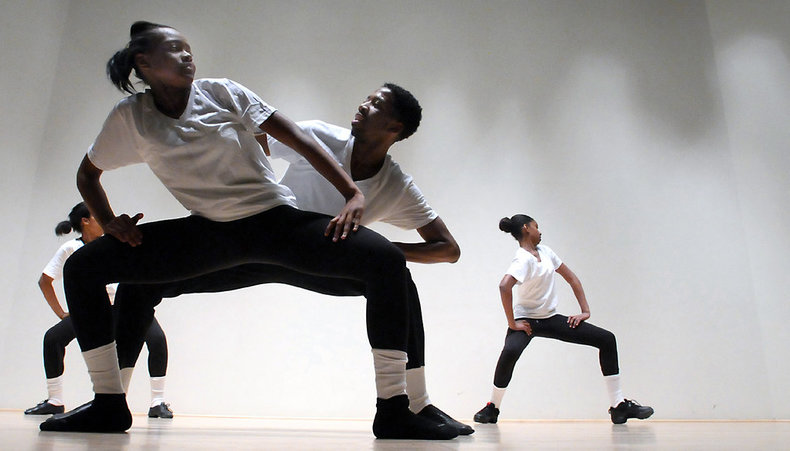
Aerial Dance
Performance dances that make use of three dimensional space using acrobatic techniques and apparatus.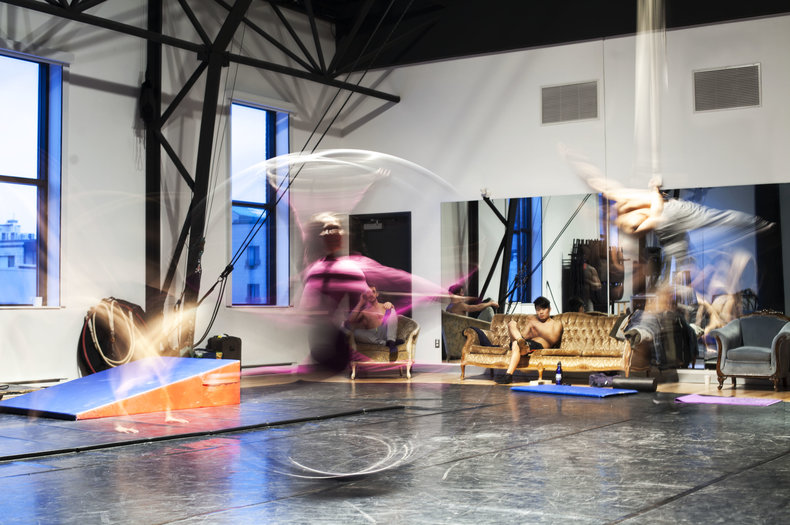
Ballroom Dance
A broad term for partner dances that are social such as the waltz, tango, foxtrot and quickstep. This can be improvised usually by a set of conventions whereby a lead signals what's next to their partner.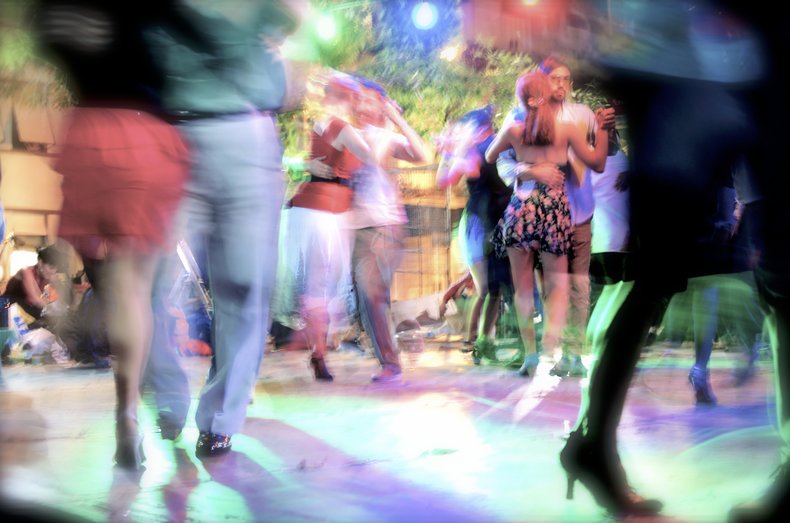
Ice Dance
Ice dance is a component of figure staking that resembles ballroom dancing on ice except that it tends to be more acrobatic, fast and powerful.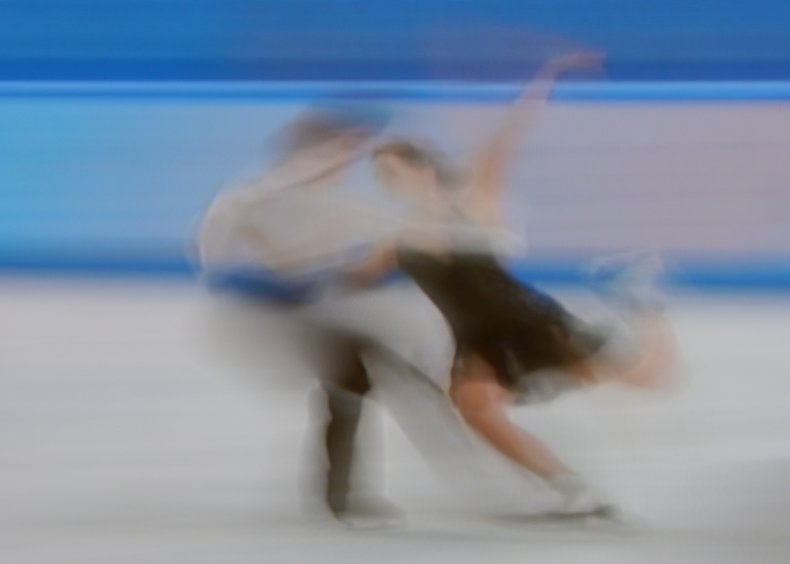
Latin Dance
A collection of influential ballroom and folk dances that developed in Latin America such as Salsa, Mambo, Merengue, Rumba, Cha Cha Cha, Tango, Bachata and Samba. Many of these are popular on a global basis and tend to be lively, passionate and stylish.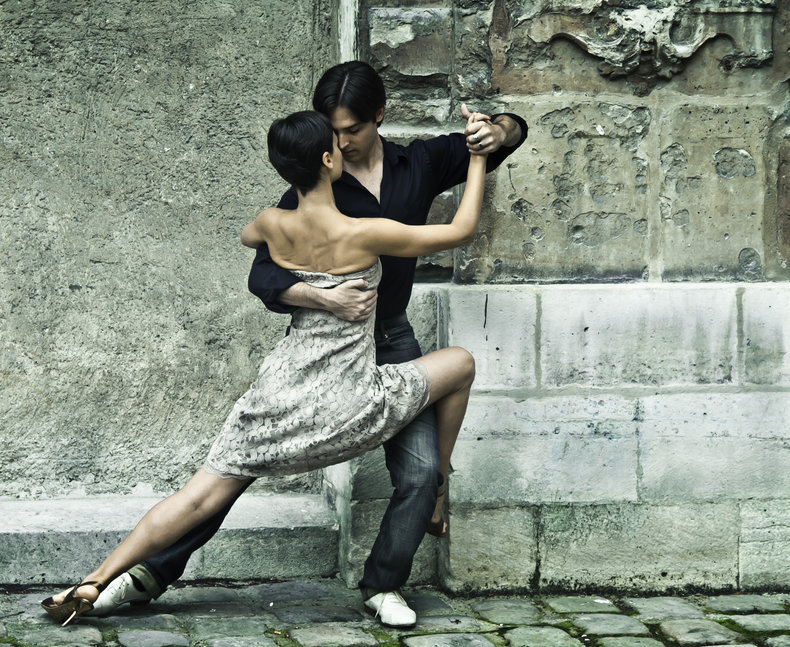
Swing Dance
Swing dance is a collection of dances that emerged in the American swing jazz scene of the 1920s-1940s such as the Lindy Hop, Balboa and Charleston. Most of these have African American origins. Swing dance continues to emerge through scenes such as West Coast Swing and is danced to any music with an appropriate timing for the dance.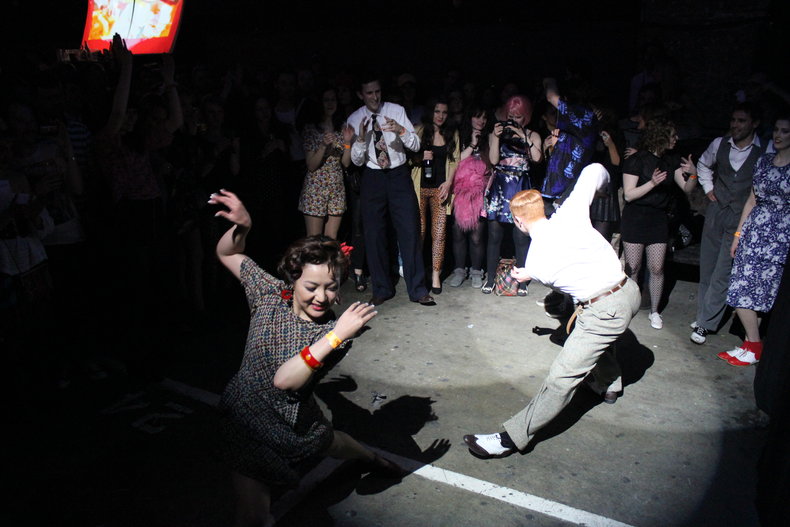
Contemporary Dance
Contemporary dance is any recent dance performance that isn't rooted in a tradition such that it bravely tries new things. The term is mostly applied to high culture such as choreographers and dancers that have been trained by well-known institutions.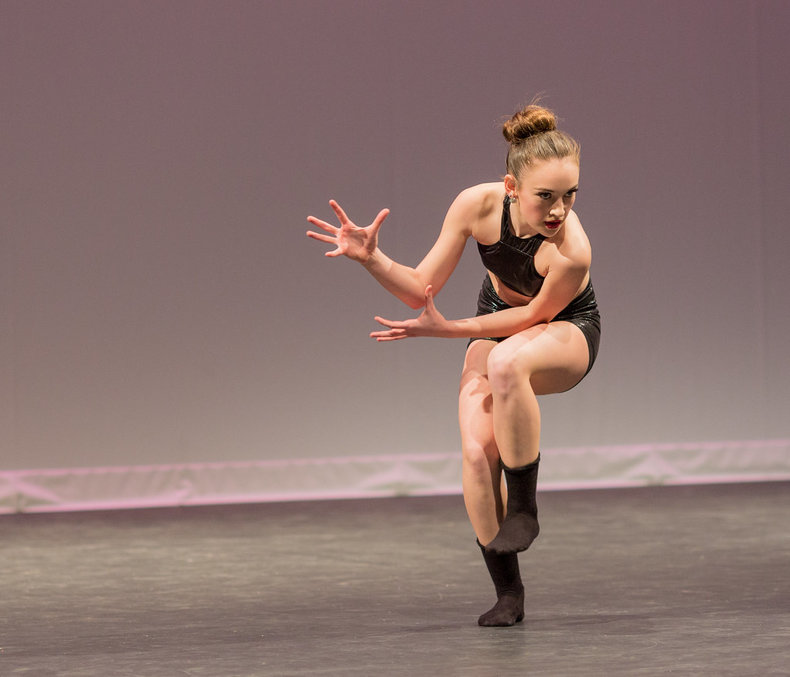
Modern Dance
A term for 19th and 20th century dances that rejected classical dance such as ballet in favor of expressionism and improvisation. Modern dance implies the work of professional choreographers, dancers or dance instructors as opposed to street dance that emerges organically in a culture.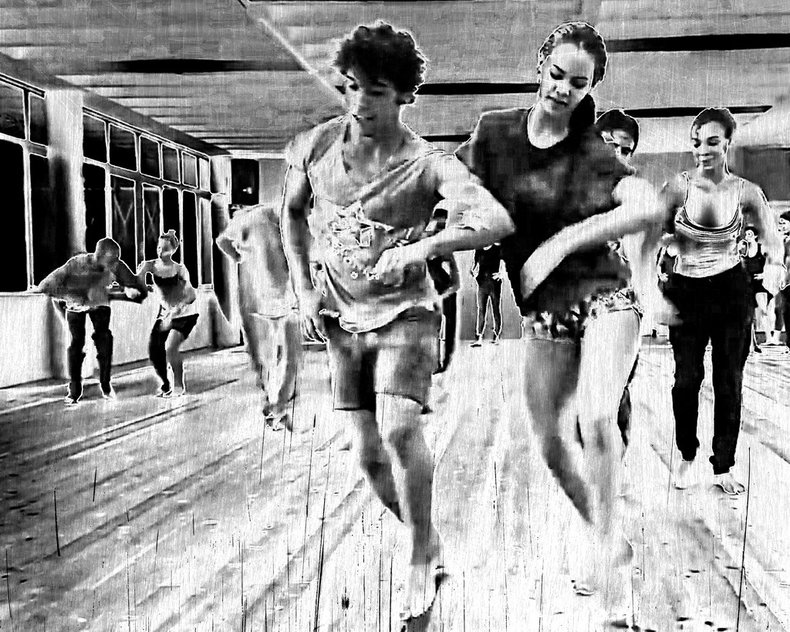
Postmodern Dance
Postmodern dance revolves around the relativist idea that dance is completely subjective such that everyone is a dancer and nobody has any superior knowledge or ability. From a practical point of view, this mostly means dance that seeks to challenge the conventions of modern, traditional and street dance.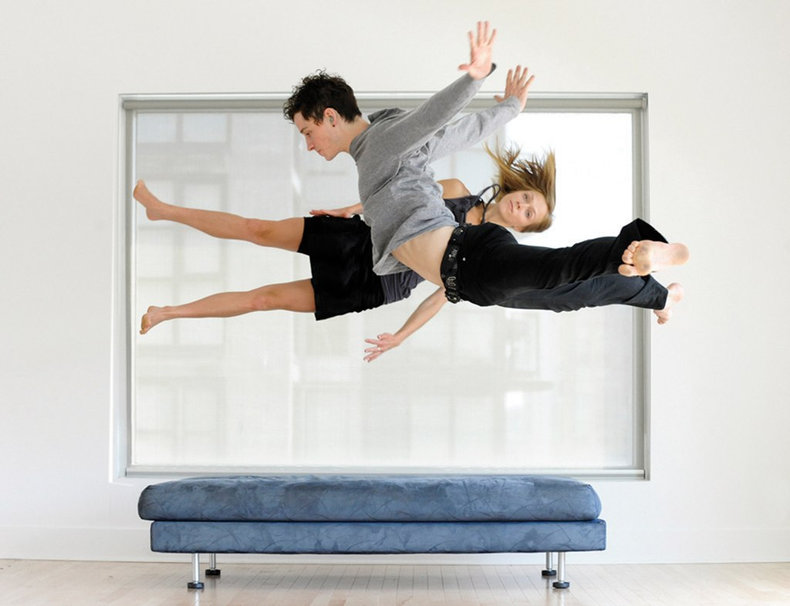
Performance Art
It is common to refer to dance as a performing art where it is considered high culture. This has elitist undertones but also indicates dancers who are highly trained.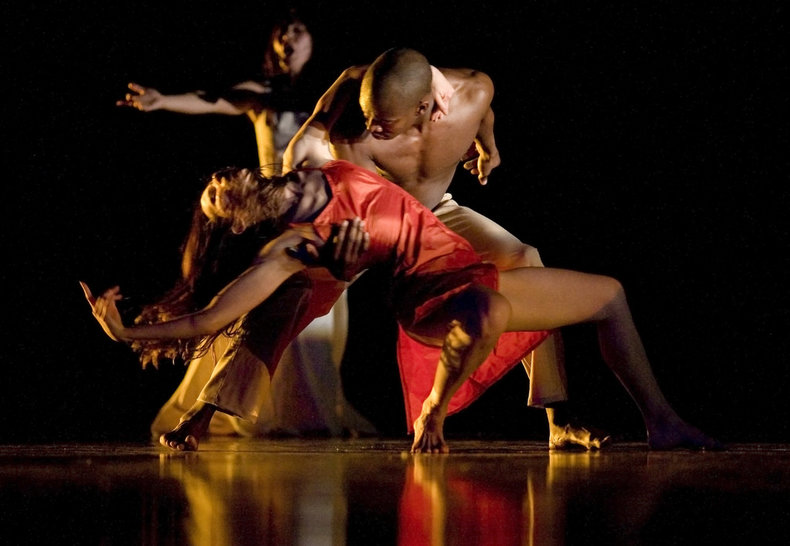
Ballet
Ballet is a performing art with rich traditions that date back to the fifteenth century. It is associated with Italy, France and Russia but is a global element of high culture. Ballet demands refinement, diligent training and is extremely athletic. It is also perhaps the most intensely competitive form of dance.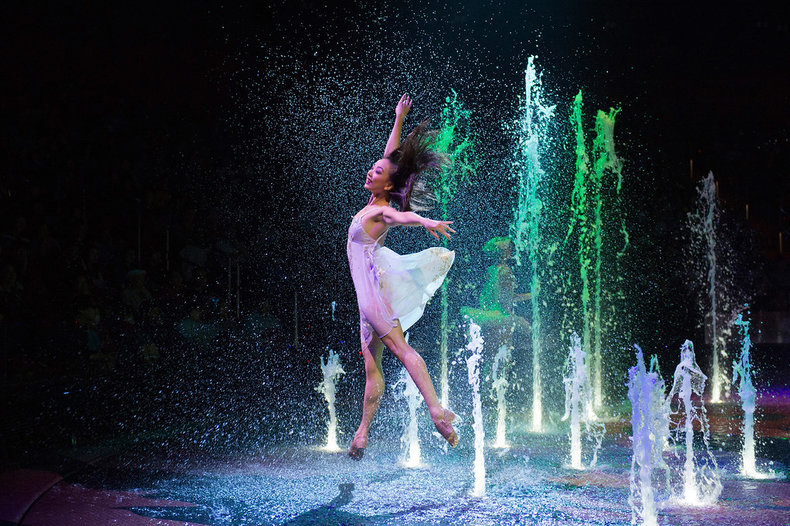
Jazz Dance
Jazz dance is a rich culture of dance that emerged alongside the jazz music scene, particularly in the years 1920-1950. This originated in African-American communities and was influenced by earlier traditions such as blues and ragtime. Originally a street dance, jazz was later influenced by film and Broadway productions. Jazz dance is now considered high culture alongside jazz music.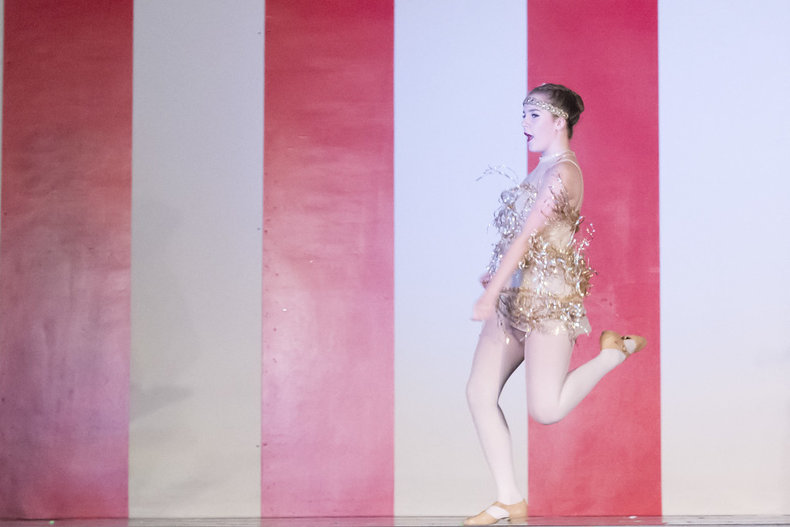
Tap Dance
A dance that involves using the sound of shoes striking the floor as a form of percussion. Tap shoes have metal on the heel and toe for this purpose. This is related to traditions such as Spanish flamenco, English clog dancing and Irish jigs. In its modern incarnation it is also associated with film, Broadway and jazz dance.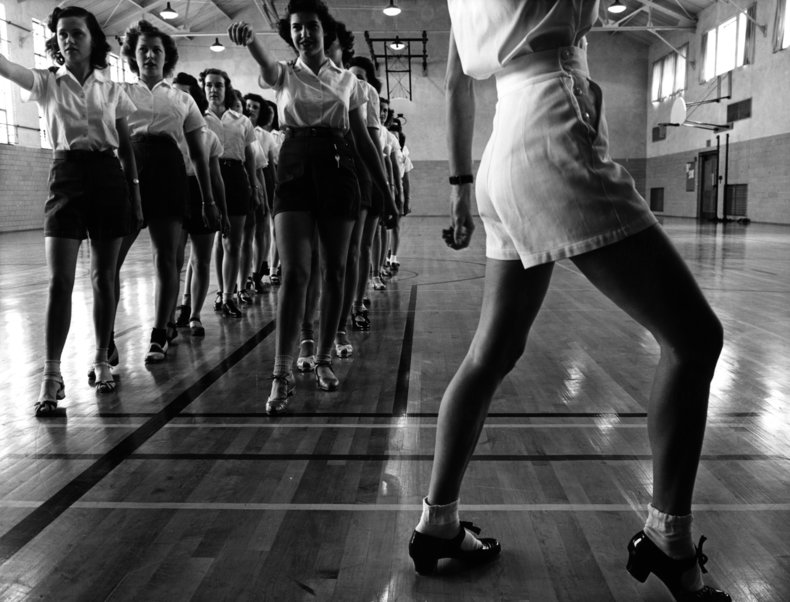
Theatrical Dance
Dance that is performed as an element of musical theatre. This combines acting and choreography.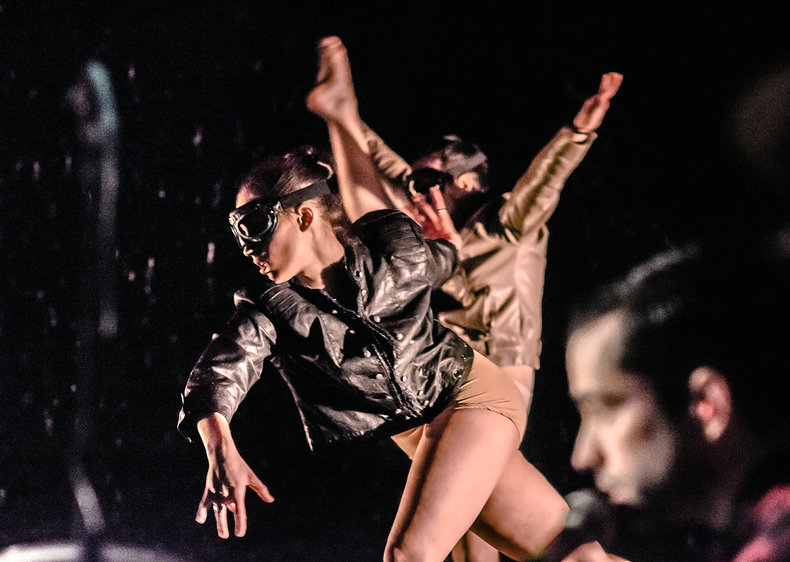
Dance Fads
A dance fad is a dance that suddenly becomes popular such that a large number of people learn it on a global basis. There have been at least a few dance fads every year since the introduction of the first records and home gramophones around 1900.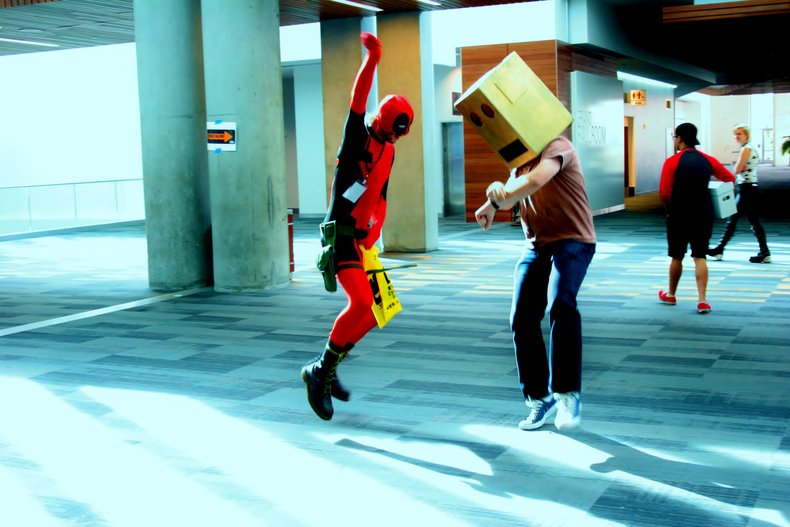
Entertainment
Dances that are developed as entertainment such as a dance performed in a film, music video, theme park or event.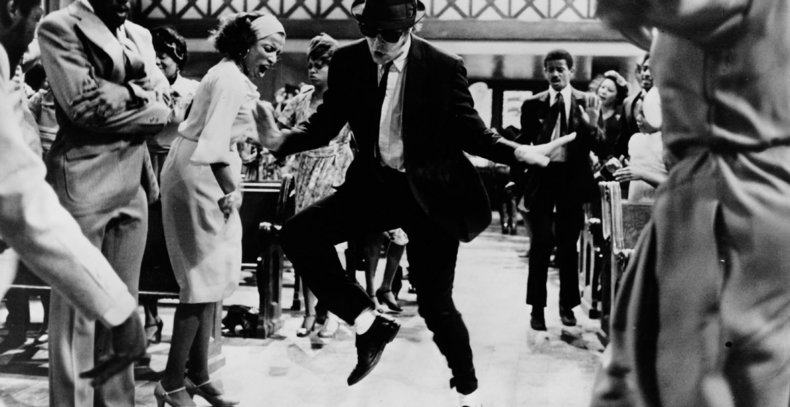
Virtual Dance
Dance that occurs in a virtual or mixed-reality environment such as a video game. It is likely that this is the future of dance as virtual elements may intensify experiences such as nightclubs and concerts. As humans spend more time in virtual environments it is likely they will continue to dance.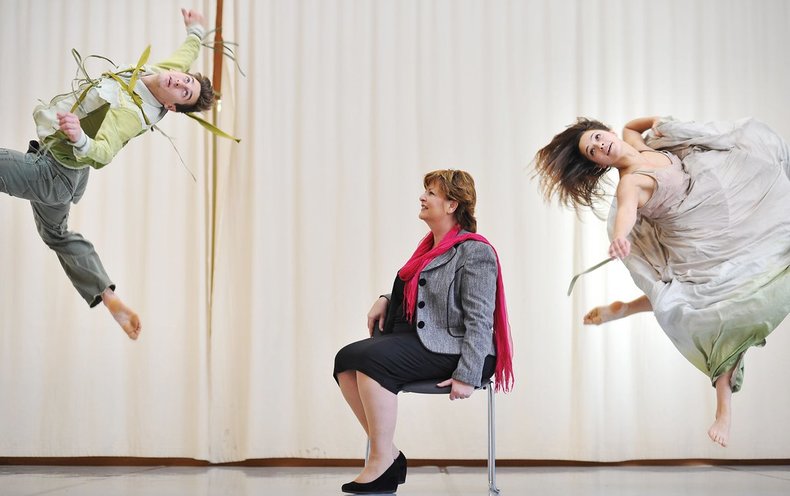
| Overview: Dance | ||
Type | ||
Definition | The art of moving to music. | |
Related Concepts | ||

